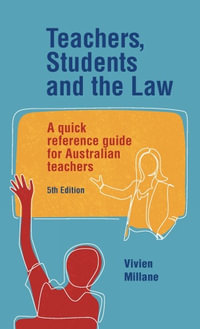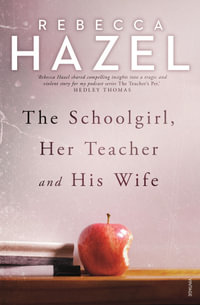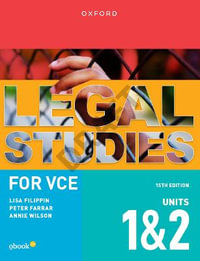
The Detroit School Busing Case
Milliken v. Bradley' and the Controversy over Desegration
By: Joyce Baugh
Paperback | 1 February 2011
At a Glance
Paperback
$91.55
Aims to ship in 7 to 10 business days
ISBN: 9780700617661
ISBN-10: 0700617663
Series: Landmark Law Cases and American Society
Published: 1st February 2011
Format: Paperback
Language: English
Number of Pages: 248
Audience: Professional and Scholarly
Publisher: University Press of Kansas
Country of Publication: US
Dimensions (cm): 22.3 x 14.4 x 1.7
Weight (kg): 0.37
Shipping
| Standard Shipping | Express Shipping | |
|---|---|---|
| Metro postcodes: | $9.99 | $14.95 |
| Regional postcodes: | $9.99 | $14.95 |
| Rural postcodes: | $9.99 | $14.95 |
How to return your order
At Booktopia, we offer hassle-free returns in accordance with our returns policy. If you wish to return an item, please get in touch with Booktopia Customer Care.
Additional postage charges may be applicable.
Defective items
If there is a problem with any of the items received for your order then the Booktopia Customer Care team is ready to assist you.
For more info please visit our Help Centre.
You Can Find This Book In
This product is categorised by
- Non-FictionLawJurisprudence & General IssuesLegal Skills & Practice
- Non-FictionLawLaws of Specific JurisdictionsSocial LawEducation & The Law
- Non-FictionPolitics & GovernmentPolitical Control & FreedomsHuman RightsCivil Rights & Citizenship
- Non-FictionLawLaws of Specific JurisdictionsConstitutional & Administrative LawHuman Rights & Civil Liberties Law























